We almost missed it. Heading for the car park we only just remembered seeing a small gallery,  slightly tucked away from the vaulted ceilings of the main display area of the National Museum of Australia in Canberra. Should we go back? Thank goodness we did. Midawarr (Harvest) is a glorious exhibition showcasing the collaboration between Yolnu elder Mulkun Wirrpanda and landscape painter John Wolseley.
slightly tucked away from the vaulted ceilings of the main display area of the National Museum of Australia in Canberra. Should we go back? Thank goodness we did. Midawarr (Harvest) is a glorious exhibition showcasing the collaboration between Yolnu elder Mulkun Wirrpanda and landscape painter John Wolseley.
Painted in natural pigments and ochres on red eucalyptus bark canvasses and hollow logs, Mulkun’s detailed botanic paintings are of the life cycle of bush food plants from her clan area in North East Arnhem land, a remote part of northern Australia. Others show the link between the plant life and the landscape of her country. Wolseley’s “Distant glimpses of the great floodplain seen through a veil of trees and hanging vines” is a vast yet almost ethereal panorama that includes many of the same plants like the fat juicy bundjungu or bush orange; the bulwutja (water yam) and the bindiyalngu (cheeky yam). All are part of the more than 100 plants which Mulkun has identified and recorded. The painting is “mixed media, comprising watercolour, graphite and colour pencil, ink, oil paint, dry pastel, abrasion, scratching out and nature printing, with collages of frottage, wood relief, linocut and intaglio, printed Japanese tissue papers on woven paper.” It is awesome in its entirety, yet disarmingly delicate.
 In a video on the Museum’s website Mulkan describes the importance of recording the edible fruits and plants of the region. “Our old people lived and survived on this food and they never got sick, our old people, and then the foreign food came, and brought sickness for the Yolŋu people. The Yolŋu people got sick with the foreign food. From white people. With our food our old people never got sick. They were strong. The food is bulwutja, it’s ours grandchild for Djapu, our family, our spirit people. Here at Rarrirarri, where we are, where that food is located in our area at Garaŋarri.”
In a video on the Museum’s website Mulkan describes the importance of recording the edible fruits and plants of the region. “Our old people lived and survived on this food and they never got sick, our old people, and then the foreign food came, and brought sickness for the Yolŋu people. The Yolŋu people got sick with the foreign food. From white people. With our food our old people never got sick. They were strong. The food is bulwutja, it’s ours grandchild for Djapu, our family, our spirit people. Here at Rarrirarri, where we are, where that food is located in our area at Garaŋarri.”
And for Wolseley, there was the chance to visit and reflect … “one of the most powerful landscapes in the world within its culture … it is the landscape which has been cherished and lived in for thousands of years by the Yolŋu people who have got powerful stories about how the landscape was made.”
lived in for thousands of years by the Yolŋu people who have got powerful stories about how the landscape was made.”
Sadly, the exhibition closes on the 18th February. Luckily it is supported by the National Collecting Institutions Touring and Outreach Program, run by the Australian Government to improve access to the national collections, but it has not been announced where it will be appearing next. The video was produced by the Mulka Project , a production company set up to maintain and preserve cultural knowledge.
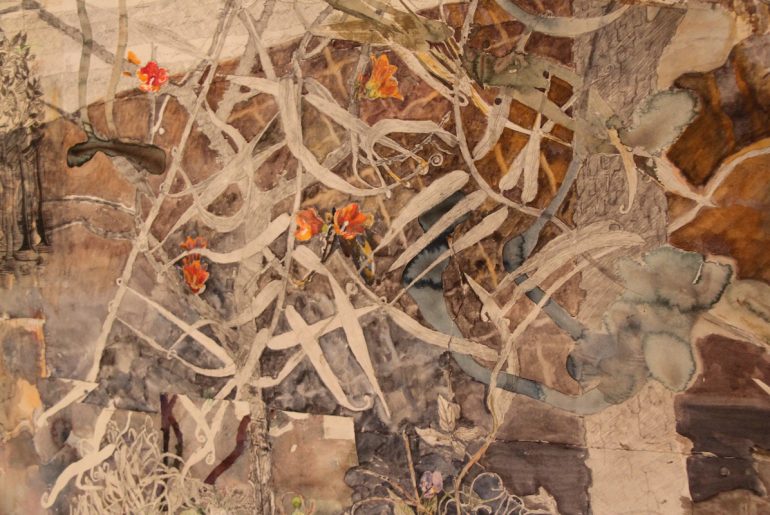

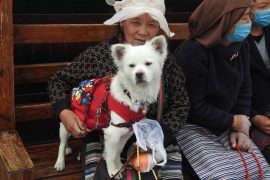
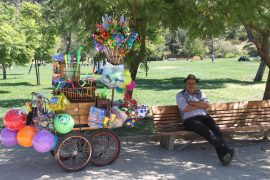
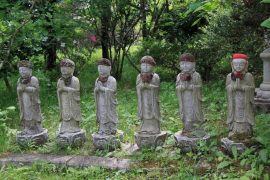

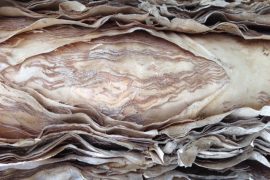
Comments are closed.